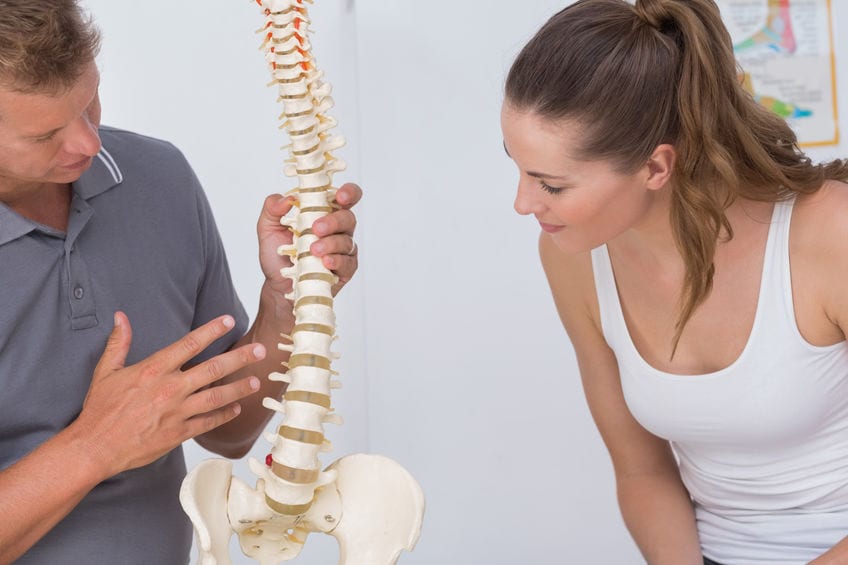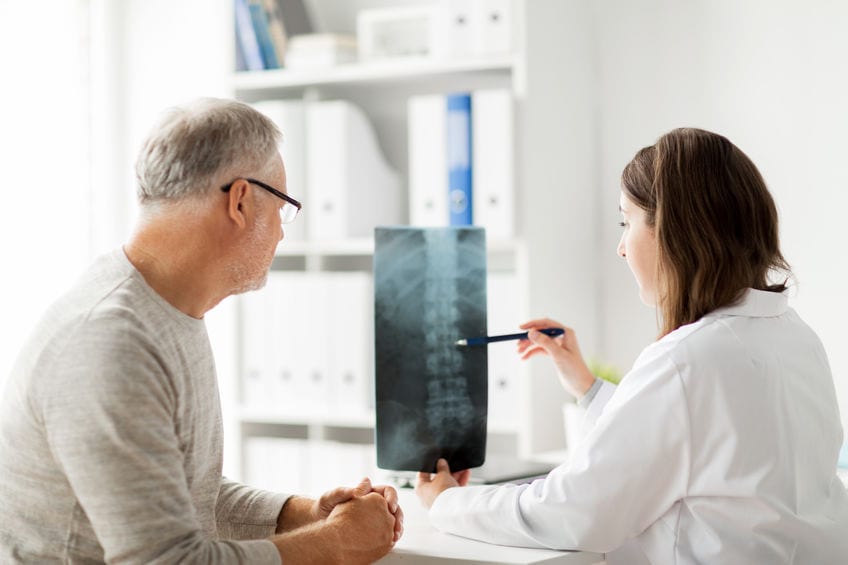How To Treat Spinal Stenosis
Reading Time: 2 minutesSpinal stenosis is a painful condition occurring in the upper and lower part of the vertebral column. Narrowing of the spine presses on the nerves and can lead to a variety of medical ailments. Cervical decompression and fusion surgery remove the troubled disc and restore stability to the upper part of the spine. Recovery ranges from several weeks to several months.
What is spinal stenosis?
Spinal stenosis is the narrowing of the spine. When the vertebral column narrows, the spinal nerves become compressed. Symptoms include pain, numbness, weakness, tingling in the extremities, and difficulty with balance. There are two main types of spinal stenosis, cervical and lumbar. Cervical stenosis occurs in the neck and lumbar stenosis occurs in the lower back. Spinal stenosis is mostly an age-related condition, occurring mostly in females age 50 and older. Medical conditions such as Paget’s disease and spinal injuries can also lead to spinal stenosis.
Surgery for spinal stenosis
Cervical spinal decompression and fusion surgery is used for only the most severe cases. Surgery is performed with the patient facing upwards. The procedure is performed under full anesthesia, and the total procedure takes between 1-4 hours. The surgeon will make an incision in the front of the neck. The trachea and esophagus will be moved aside and held in place. The surgeon will shave down any bone spurs and remove the herniated or bulging disc that is pressing on the nerves and a bone graft is inserted into the space. The graft is used to promote healing and the formation of solid bone. During the final step, the two surrounding vertebrae are fused with a titanium plate and screws. The esophagus and trachea are moved back into place and the incision is closed. The patient will remain in the hospital for 3-5 days after surgery. Full recovery can take between 4 months and 1 year, during which the patient will be advised to refrain from specific actives such as heavy lifting and strenuous exercise. Smoking and drinking can negatively interact with the necessary pain medications and delay recovery. The patient will need to wear a neck brace throughout most of the recovery period, including during sleeping.
Additional treatment methods
There is currently no cure for spinal stenosis. Over the counter medications, physical therapy, steroid injections, and surgery can help alleviate symptoms. Electrical stimulation, ultrasounds, and hot/cold therapies have also proven effective. Nonsurgical spinal decompression uses motorized tractions to realign the spine and take the pressure off spinal discs. Individuals suffering from advanced osteoporosis, bone fractures, and tumors may not be eligible for nonsurgical procedures. Surgery is reserved for more advanced cases of spinal stenosis.
How will surgery help?
Cervical spinal decompression and fusion surgery is a highly successful procedure. Removing the offending disc and fusing the surrounding vertebrae reestablishes spinal alignment and provides more space for the spinal nerves. Creating more space for the nerves will decrease pain, increase mobility, and improve the patient’s quality of life.










